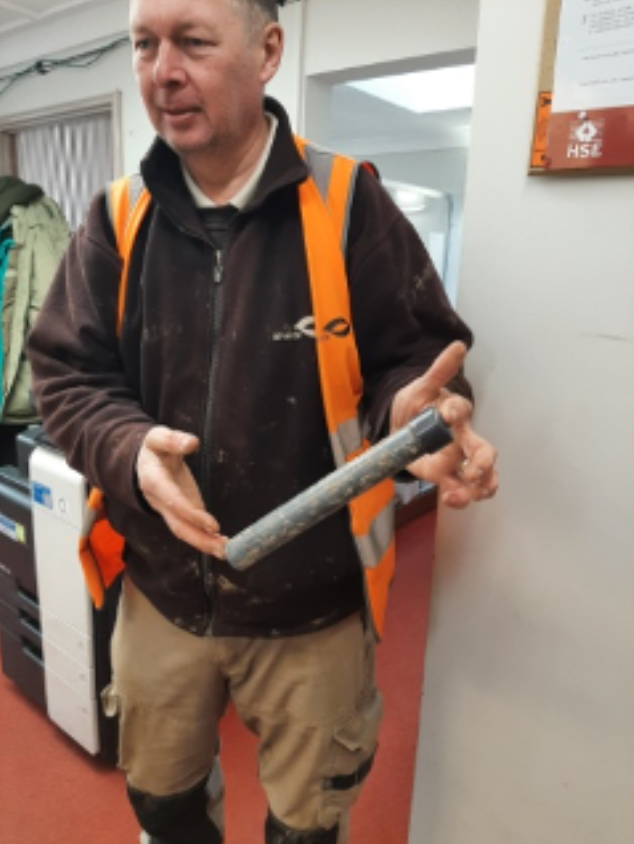7 Tips for Epitrace Users

7 Tips for Planting Epitrace Burial Pegs Underground
If you haven’t marked a grave or reserved a plot recently, or have new staff to train, these quick tips will help.
For a detailed overview of your EPITRACE ID system, feel free to consult the latest user guide. Here are a few starter tips.
1 – Select a Standard Position for your Burial Pegs
To make your pegs easy to locate in the future, choose a standard position for your pegs. A common choice is at the head end in the undisturbed earth, never in the grave itself.
2 – Make Sure You Insert at the Right Depth
Use a dibber to get the correct depth for the grave marker (request a new dibber), if you don’t have one).
3 – Conduct an Annual Grave Audit
Put it in your schedule to scan your graves at least once a year to confirm marker readability and to also transfer knowledge to new staff.
4 – Mark Cremated Remains & Other Memorials
The pegs can be used to mark cremated remains and can be detected through flat plaques made of wood or stone. The same tags can also be used to mark trees, benches or rose bushes and can be supplied as nails, discs and cable ties. Each tag can be used to confirm ownership, lease revenue or to track maintenance records.
5 – How To Scan for your Burial Tags
Many burial grounds use a low cost Halo reader. The alternative, the pole scanner can be linked by bluetooth to Assettrac’s mobile app to help you manage your burial ground online and paper-free. The pole scanner has a longer read range and the 70cm barrel means you don’t have to bend down.
6 – Memorialisation
If your burial ground offers central memorialisation, Assettrac can provide QR codes to be used with an inscription plaque or leaf dedicated to the deceased. This enables anyone to view the deceased’s life story and tribute pages on the web.
7 – Track Memorial Safety
Assettrac teams have considerable experience of undertaking memorial safety surveys. Epitrace tags are used to help burial ground managers tag and track the status and maintenance of unstable headstones which is easily managed and tracked via a customised portal.
For further documentation and help guides, see our Downloads Section